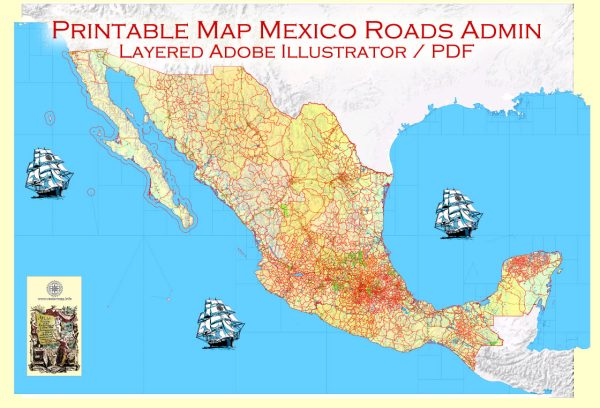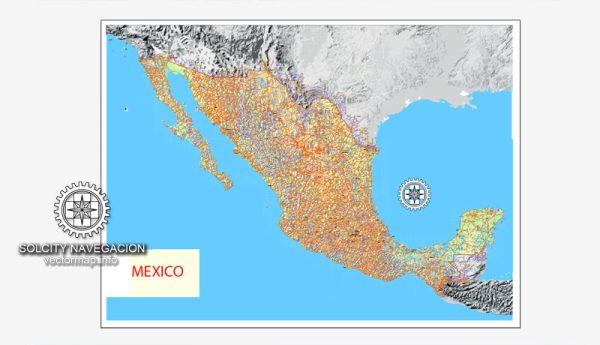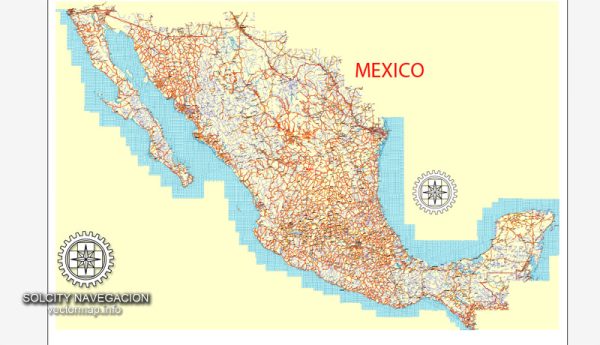Mexico has a well-developed transportation infrastructure, including maritime and air transportation systems. Here is a general overview:
Maritime Transportation:
- Ports:
- Mexico has several major ports along its coastlines, including the Gulf of Mexico and the Pacific Ocean. Notable ports include Veracruz, Manzanillo, Altamira, and Lazaro Cardenas.
- These ports play a crucial role in facilitating international trade and commerce, serving as key points for imports and exports.
- Shipping Routes:
- Mexico’s strategic location makes it an important hub for maritime trade, connecting North and South America.
- The country participates in various international shipping routes, contributing to global trade networks.
- Merchant Fleet:
- Mexico has a merchant fleet that operates both domestically and internationally, transporting goods and commodities.
- Cruise Tourism:
- Mexico is a popular destination for cruise tourism, with several coastal cities serving as ports of call for cruise ships.
Air Transportation:
- Airports:
- Mexico has numerous airports, with several major international airports in cities such as Mexico City, Cancun, Guadalajara, and Monterrey.
- The Mexico City International Airport (Aeropuerto Internacional Benito Juárez) is one of the busiest airports in Latin America.
- Airlines:
- Mexico is served by various national and international airlines, providing both domestic and international flights.
- Aeroméxico is the largest airline in Mexico, offering a wide range of domestic and international routes.
- Air Cargo:
- Air cargo services play a significant role in transporting goods quickly and efficiently. Major airports, especially those with international connections, handle air freight.
- Infrastructure and Connectivity:
- Investments have been made in airport infrastructure to accommodate the growing demand for air travel.
- Connectivity between cities is facilitated by a network of domestic flights, making it easier for people to travel within the country.
- Tourism:
- Mexico is a popular tourist destination, and air transportation is a key factor in facilitating tourism. Tourists can easily access various regions of the country through international airports.
- Regulatory Bodies:
- The aviation sector in Mexico is regulated by the Directorate General of Civil Aeronautics (DGAC), which oversees safety and operational standards.
Please note that developments in transportation infrastructure are ongoing, and for the most up-to-date information, it’s recommended to check with relevant authorities or official sources in Mexico. Additionally, changes in the aviation and maritime sectors may have occurred since my last update.




 Author: Kirill Shrayber, Ph.D.
Author: Kirill Shrayber, Ph.D.